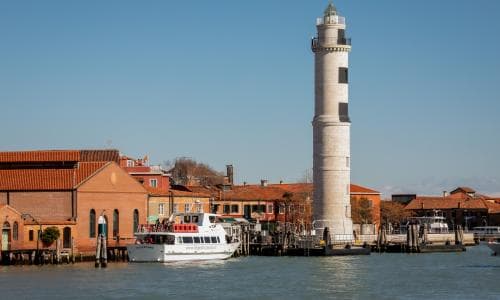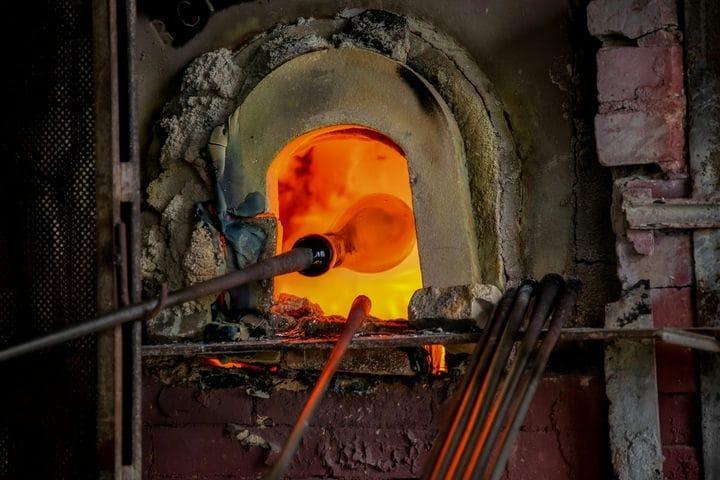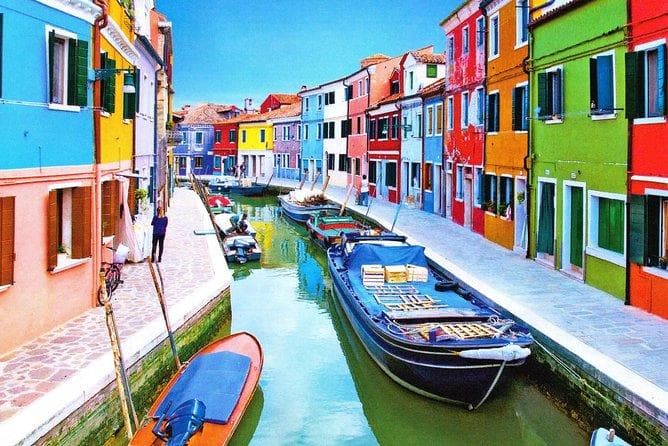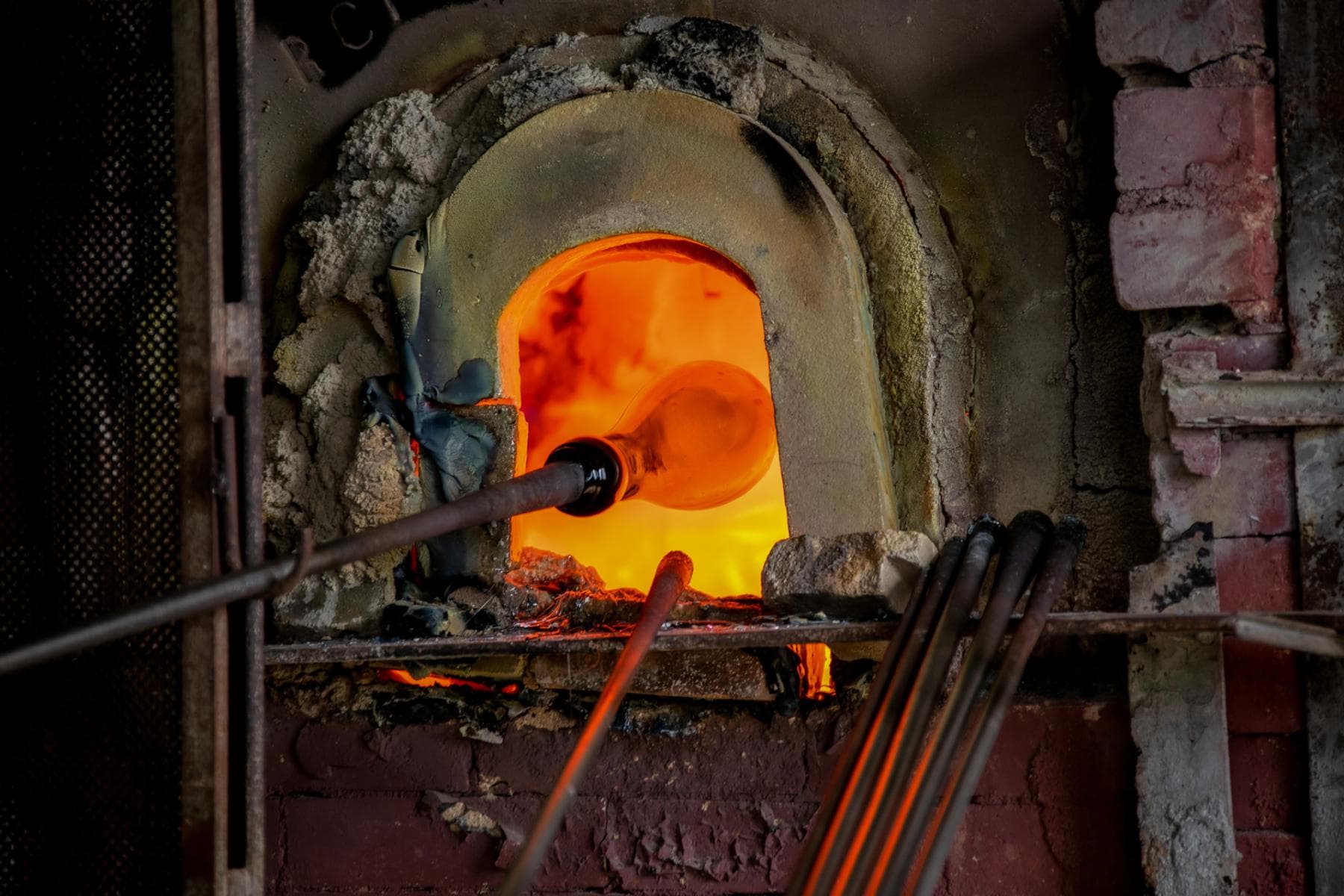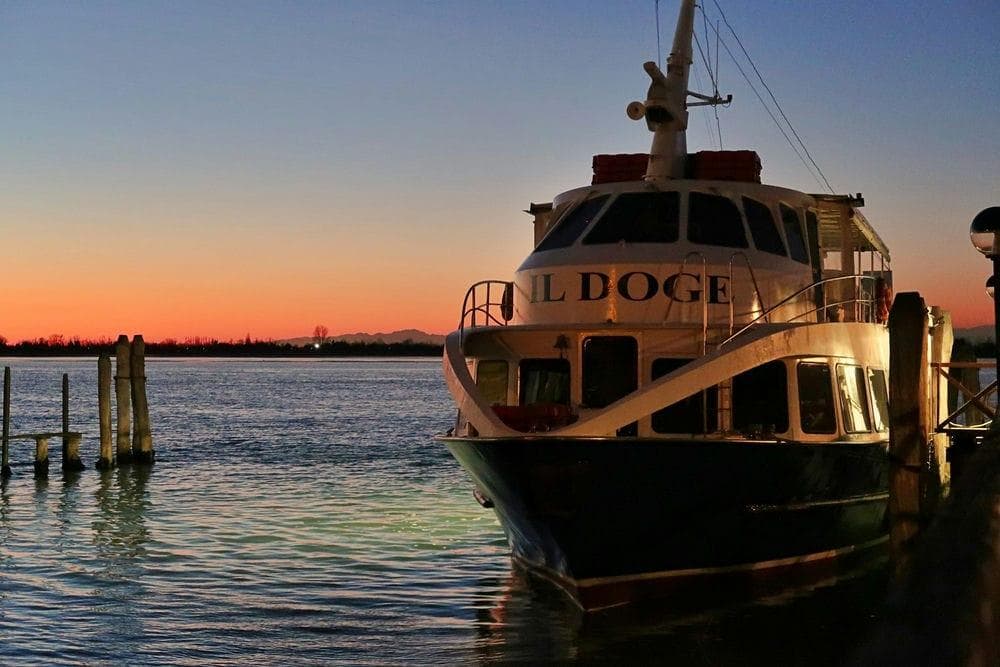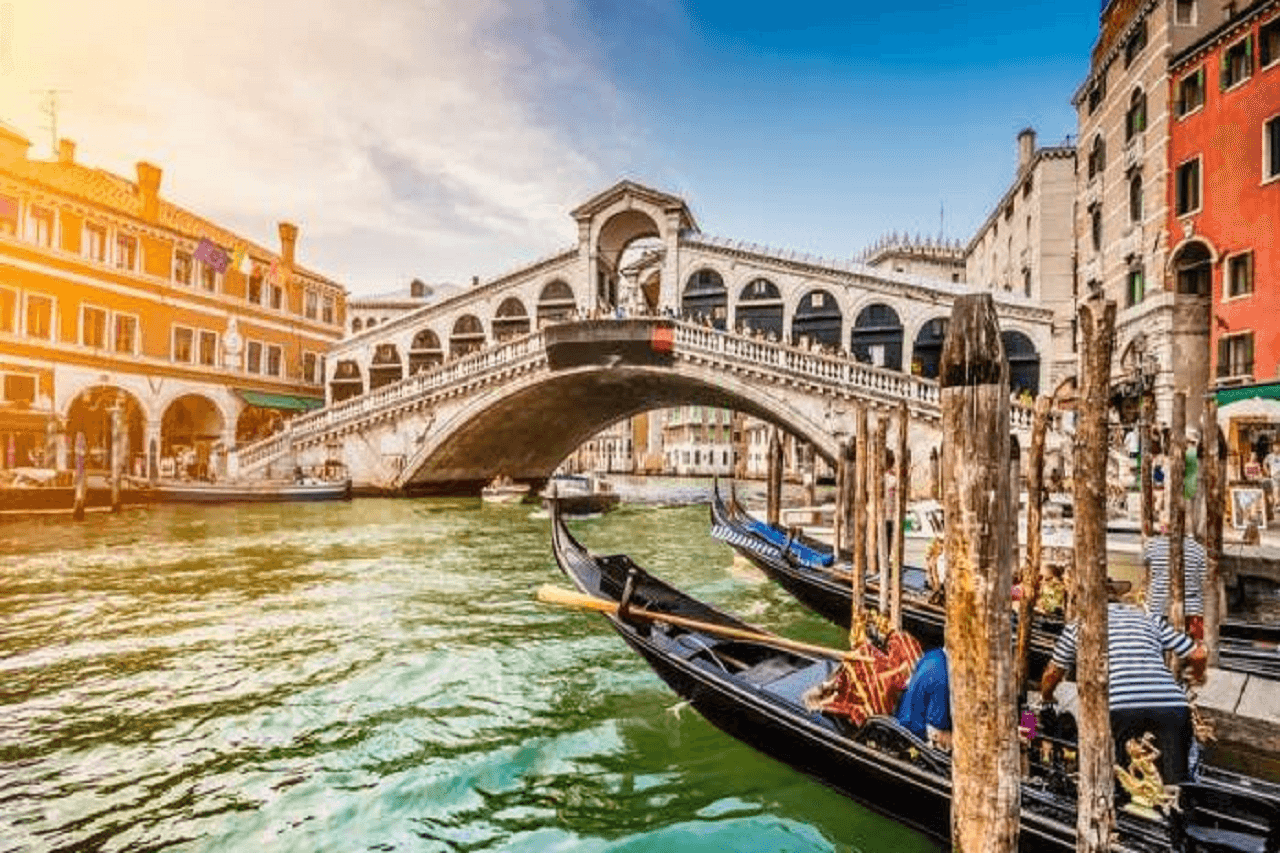
Daily excursions in Venice,
an enchantment
suspended on the water.
Daily excursions
No one will show you Venice like us
Let a sea breeze carry you as you admire the city's historic buildings, iconic bridges and hidden treasures. Experience the emotion of seeing Venice from its most authentic element: water.
Explore Venice with high-level services and expertise.
Quality and Professionalism for your Tour in Venice.
Our tours offer a unique experience, guided by experts who will lead you to discover the hidden treasures of the Serenissima. You will experience the city in an authentic and engaging way.




Wedding on Board
Discover the charm of Venice in a unique and romantic way with our "Wedding on Board" service. Imagine saying "I do" surrounded by the enchanting waters of the Venetian lagoon. Our team of experts will take care of every detail, from the ceremony to the reception, ensuring you an unforgettable wedding. Contact us to arrange your special day and make your dreams come true.

Festive day
Host an unforgettable celebration with our "Private Party" service in Venice. Whether it's a birthday, anniversary, or any other special occasion, celebrate your event surrounded by the enchanting waters of the Venetian lagoon. Our team of experts will handle every detail, from planning to reception, to ensure you have a unique experience. Contact us to make your event truly special.

